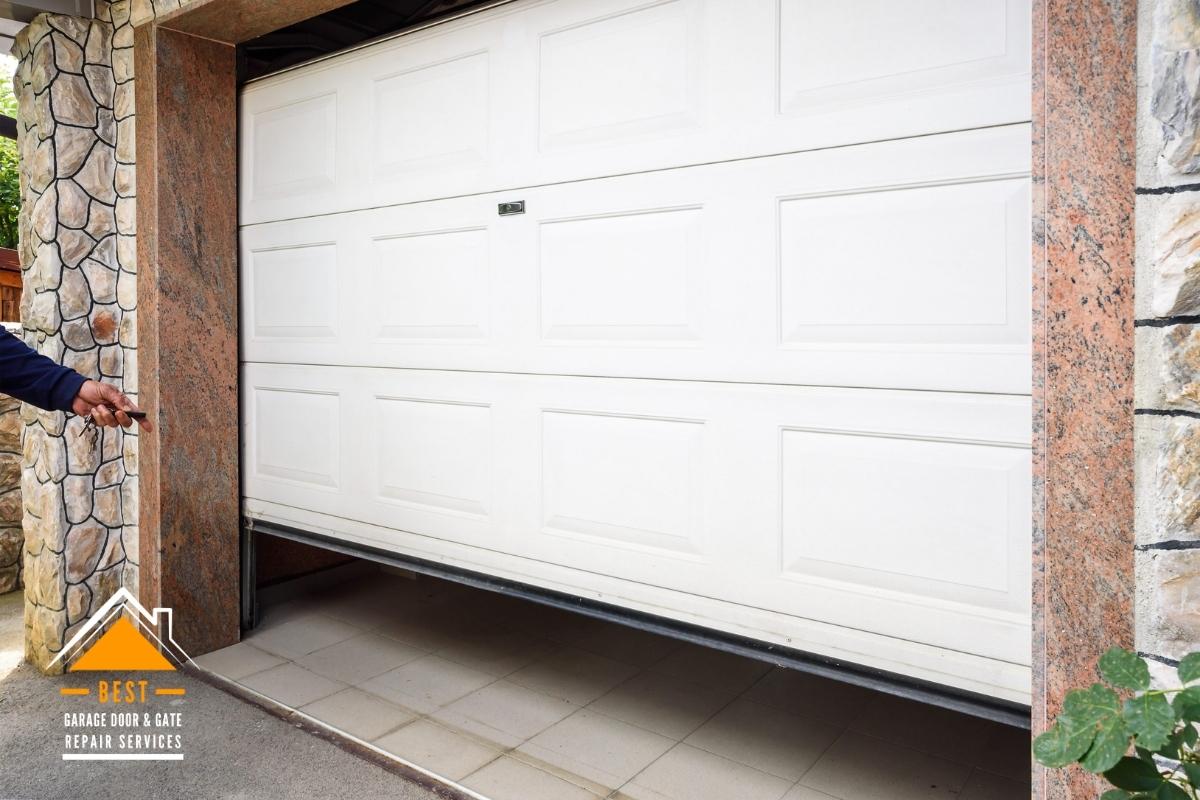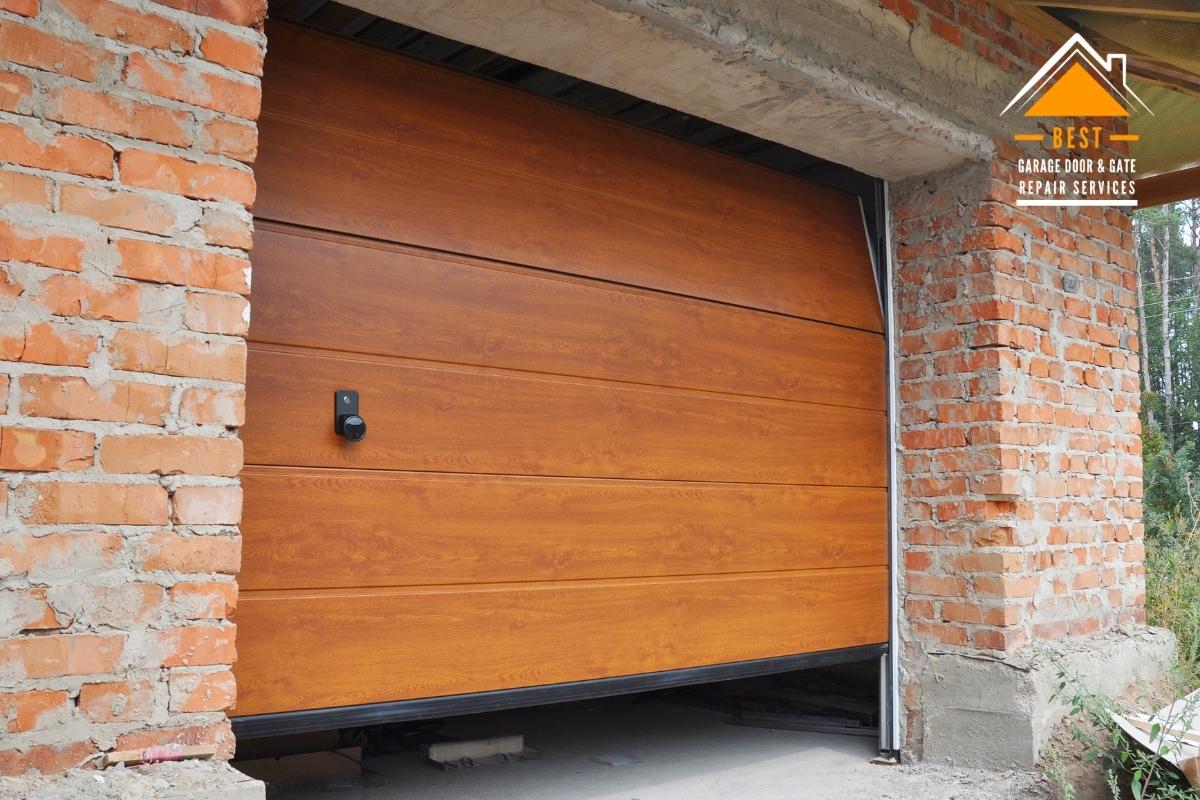Your garage door may be the source of wetness, filth, or rat droppings in your garage if you’ve spotted them. The bottom seals of garage doors, designed to keep out water, wind, dirt, and other invaders, may wear down over time due to their size and weight.
Concrete floors or driveway aprons might move, fracture, or settle beneath the door and leave enormous gaps that ordinary seals can’t fill.
You can Seal Your Garage Door in five different methods.
-
Table of Contents
Bottom Garage Door Seal
Rubber or vinyl strips are attached to the bottom edge of the garage door to form the bottom seal (or door sweep). When the door is closed, the flexible material contracts to keep out water, filth, cold air, and animals, closing the gap along the floor. If you can see the light below the bottom of the door when it is closed, it’s time to repair the bottom seal.
An essential strip-style seal with slanted edges is often used on wood garage doors to keep out the elements. Nails made of galvanized or aluminum are often used in their installation.

Bottom Garage Door Seal
It’s common for metal garage doors to feature a T-style or astragal seal on the bottom of the door, which is held in place by an aluminum channel. For installation, the gasket slots into two tiny channels on the channel. A metal gasket channel may be installed on a wood garage door to use this gasket.
-
Threshold Seal For Garage Door
Threshold seals are installed on garage floors rather than doors for the same purpose as the bottom seal on a garage door. It is possible to utilize thresholds independently, without a door seal, or both. Thresholds are often employed to keep water out of a garage’s driveway. A huge space under a door may be filled with them as well.
Vinyl threshold seals may last longer than door seals if made of high-quality vinyl. The glue that comes with the threshold is used to attach the threshold to the wall.
It is essential to remember that thresholds prevent water from entering and exiting a garage. This might be a pain if you want to wash off your garage. Having a threshold in the garage makes it harder to brush dirt and debris.
-
Weatherstripping For The Garage Door
Outside of the garage door, wind and rain may quickly get inside. On the wood door, stop molding that attaches to the jamb and almost reaches the front face of the door. Rubber or vinyl weatherstripping is put.
Make sure your Garage Door Has Weatherstripping if it doesn’t or if the previous weatherstripping is worn out and no longer seals against the door. You can trim new weatherstripping to length with a utility knife since it comes in rolls. Galvanized nails or screws may be used to attach it. The weather stripping’s door-side flange should be pressed against the door to ensure a tight fit.
-
An Integrated Weather-Stripping Vinyl Doorstop
If your doorstop molding needs replacement, weatherstripping is an excellent solution. This kind of stop molding is usually constructed of vinyl and includes a weather-seal flange and a wood-look molding strip. It’s simple to cut with a saw and galvanized, or stainless-steel siding nails worked well for installation.
Make sure that the weather-strip flange is squeezed against the door before nailing each piece into place, and then you’re ready to finish installing the doorstop. Typically, the top molding should be installed first, and the ends of the top molding should be overlapped with the side stops.

An Integrated Weather-Stripping Vinyl Doorstop
-
Weatherstripping For The Panels Of The Garage Door
Garage door panel weatherstripping in a V-shape is used to keep out the elements between the various panels. For older wood doors with flat-edged panels, this may be very useful. Interlocking edges on newer metal and fiberglass doors prevent air infiltration.
Self-adhesive door panel weatherstripping is available in rolls. It’s simply adhering to the panel’s top or bottom edge. Like the weatherstripping on ordinary home entrance doors, the door’s panels compress the weatherstripping to provide an efficient seal.
Bottom Line
It is essential to weather-seal your garage to protect your property from harmful factors like heavy rain, snow, hail, and wind. This might cause ice and water damage to your garage floor and even leak into your living quarters if water penetrates the garage.
It is possible to weather-seal your garage door if it is functioning well. In some instances, replacing or modifying the garage door’s gasket is necessary. You may want to hire a professional garage door installation firm to ensure that your door functions and seals correctly. Contact Best Garage Doors as soon as possible!


Leave A Comment